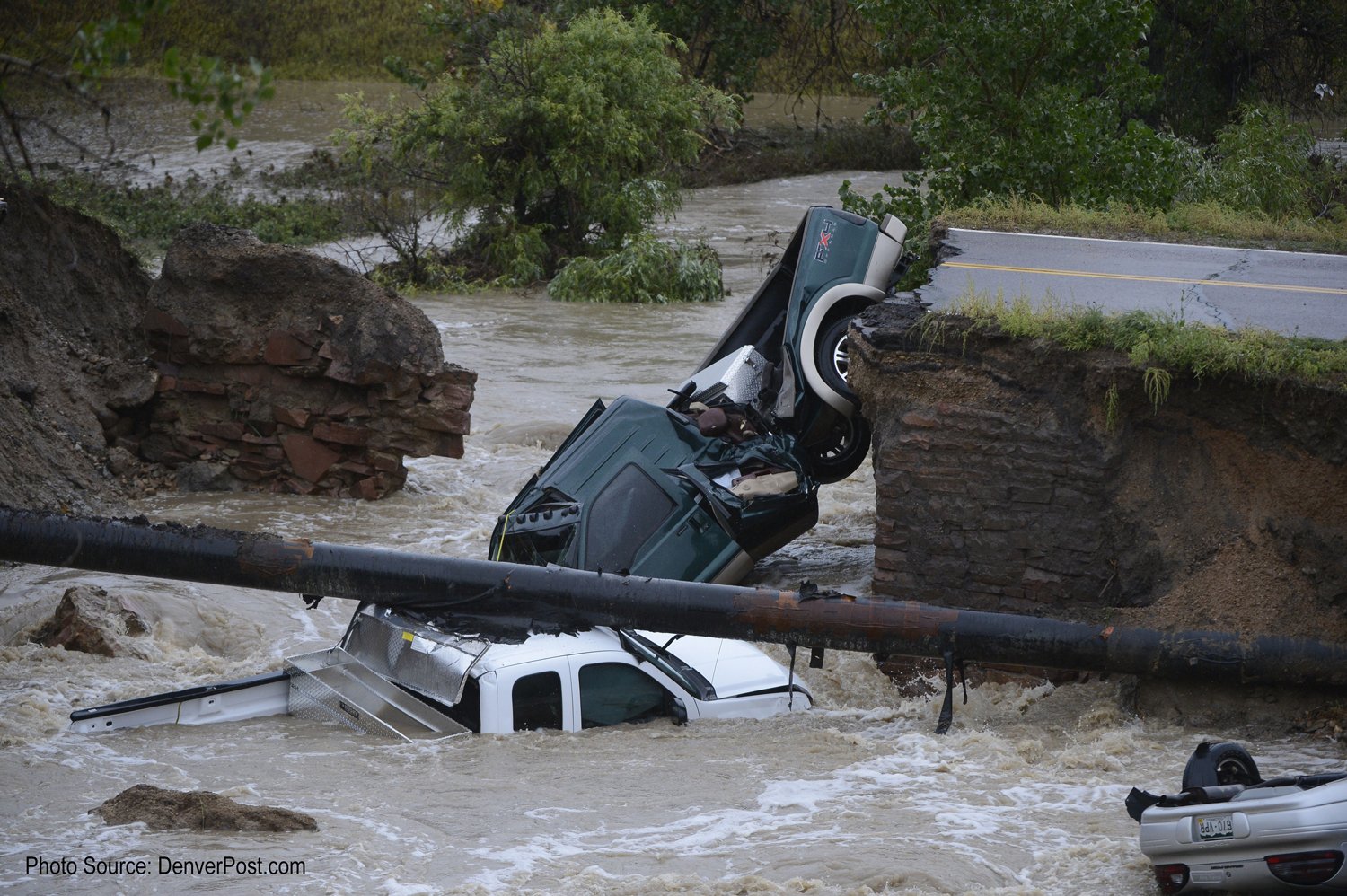As the analysis of insurer’s first half results come in, there are a few consistent refrains. In fact, they sound like broken records.
Ivan Maddox
Recent Posts
Topics: Insurance Underwriting, Private Flood, Insurance Protection Gap
Last month there was an article published by the Tampa Bay Times (see here) on flood insurance that really stood out for The Risks of Hazard. Not only was the author, John Romano, supporting the continued expansion of private (i.e. actuarial, i.e. market-driven) flood insurance – he was advocating for the logical next step, universal flood coverage.
Topics: InsitePro, Flood Insurance, Private Flood, Insurance Protection Gap
Last week, Risks of Hazard explored a new way to view flood risk – Where, not When. The general concept was that floods are going to happen in the US every year, and underwriters should be more concerned with where the floods will cause damage, and not when the floods will come.
Topics: InsitePro, Flood Insurance, Effective Underwriting
Over the past year, flood and flood insurance has really become more apparent in the media and trade publications. Normally only catastrophic events (i.e. hurricanes) capture so much attention, but the combination of some massive floods and the continued progress of private flood legislation has started conversations that are overdue. Both the nature of these storms and floods, and their impact on property owners are getting close attention, and that is welcome because it is changing the way people think about underwriting flood insurance.
©2016 Roger Pottorff. All Rights Reserved.
In the past two weeks, there have been two articles published that illustrate such changes of perception.
The first is from Jeri Xu of Swiss Re, and she offers a very useful way to think of the rain events that have caused some of the most serious recent floods (i.e. 2016 Texas, West Virginia, Maryland, and Louisiana). She offers an angle on these events that is potentially transformative for evaluating flood risk: since flood-causing storms are localized at the county-level (roughly speaking), and there are about 3,000 counties in the country, it is not unreasonable to expect three 0.1% annual probability floods in any given year. In other words, we should expect three thousand-year-floods annually. With this insight, Ms. Xu has transformed the extremely rare to the commonplace, and reconciled the headlines with the stats.
The second is from David Bull, North America Editor of The Insurance Insider, specifically about the recent Louisiana floods. He has tracked down the 0.1% annual probability of the rain that caused these floods, ensuring his article is apples to the Swiss Re article’s apples. Mr. Bull writes about the profound protection gap in Baton Rouge and Lafayette for flood, quoting all the ugly stats about how most of the property that has been flooded is uncovered for it: “Across the Baton Rouge area, no more than 15 percent of homes have flood insurance, while Lafayette, also hard-hit, has a take-up rate of 14 percent.” The reason for this sorry penetration of flood insurance is the same as always: “many of the areas flooded were outside the 100-year floodplain and not considered at high risk.” Mr. Bull has shown the obvious need for a new form of flood insurance.
Topics: InsitePro, Flood Risk, Private Flood
The Risks of Hazard takes a great interest in the protection gap because it is both an opportunity for underwriters and a shortcoming of insurance as an industry. Last week, Insurance Journal published a very informative look at the U.S. residential protection gap from a novel perspective: the policy holder’s perspective.
The insurance aspects of the protection gap are well documented, including how to write in the flood protection gap, what it looks like, and how it compares to emerging risks. But it is surprisingly rare to read about what that means to the policy holders. Happily, the Big I and Trusted Choice did some homework, and the results are stark.
Topics: Insurance Underwriting, Insurance Software, Insurance Protection Gap




